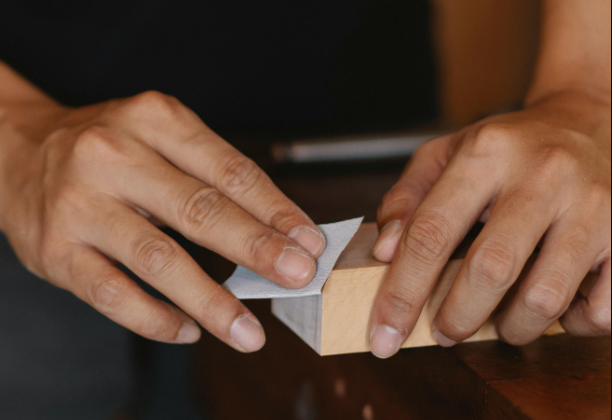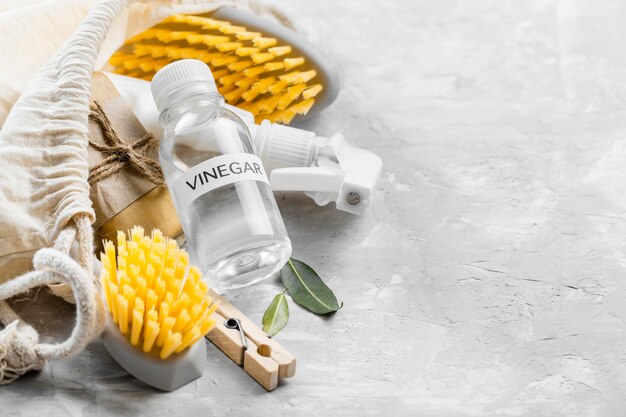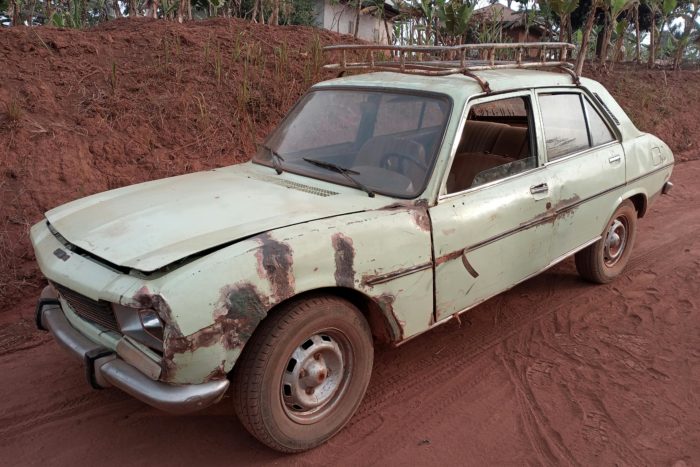
Choosing the right grit sandpaper before painting a car is for achieving a smooth, flawless finish. The process typically involves starting with a coarser grit to remove old paint, primer, or imperfections and gradually moving to finer grits to smooth the surface for painting.
Here’s a general guideline on what grit sandpaper to use at different stages of the preparation process…
- For Removing Old Paint or Rust:
- Start with a coarse grit like 80-180 to strip away old paint or to sand down rust and surface imperfections. This stage is about removing the old layers rather than achieving a smooth finish.
- For Smoothing the Surface:
- Once the old paint is removed, switch to a medium grit such as 220-320 to begin smoothing out the surface. This step helps to remove any scratches made by the coarser sandpaper and to prepare the surface for the primer.
- For Primer Preparation:
- After cleaning the surface from the previous sanding, use a fine grit like 400-600 to sand the primer. This creates a smooth base for the paint. The goal here is to make the primer layer even and free of imperfections, which could show through the paint.
- Between Coats:
- If you’re applying multiple coats of primer, base coat, or clear coat, you may need to sand between coats to ensure good adhesion and a smooth finish. For this purpose, use very fine sandpaper, such as 600-800 grit for between primer coats, and 800-1000 grit (or even finer, up to 1500-2000 grit) for sanding between base coats or before applying the clear coat.
- For Final Touch-ups Before Painting or Clear Coat:
- Before applying the final coat of paint or the clear coat, sanding with a very fine grit, such as 1500-2000, can help achieve a perfectly smooth surface. This step is if you’re aiming for a high-gloss finish.
Always sand in a gradual progression from coarser to finer grits, as skipping grits can leave scratches that are difficult to remove. Also, ensure that the surface is thoroughly cleaned between sanding steps to remove any dust or debris. The preparation phase is key to a professional-looking paint job, so taking your time and doing it right will pay off in the final result.
Related Posts
Can You Clean Metal With Vinegar Before Painting?
On
September 14, 2024
What Is The Easiest Color To Paint A Car?
On
January 27, 2024
Can I Just Paint Over Old Paint?
On
July 10, 2024
How Many Coats Of Paint Does It Take To Paint A Car?
On
April 20, 2024





